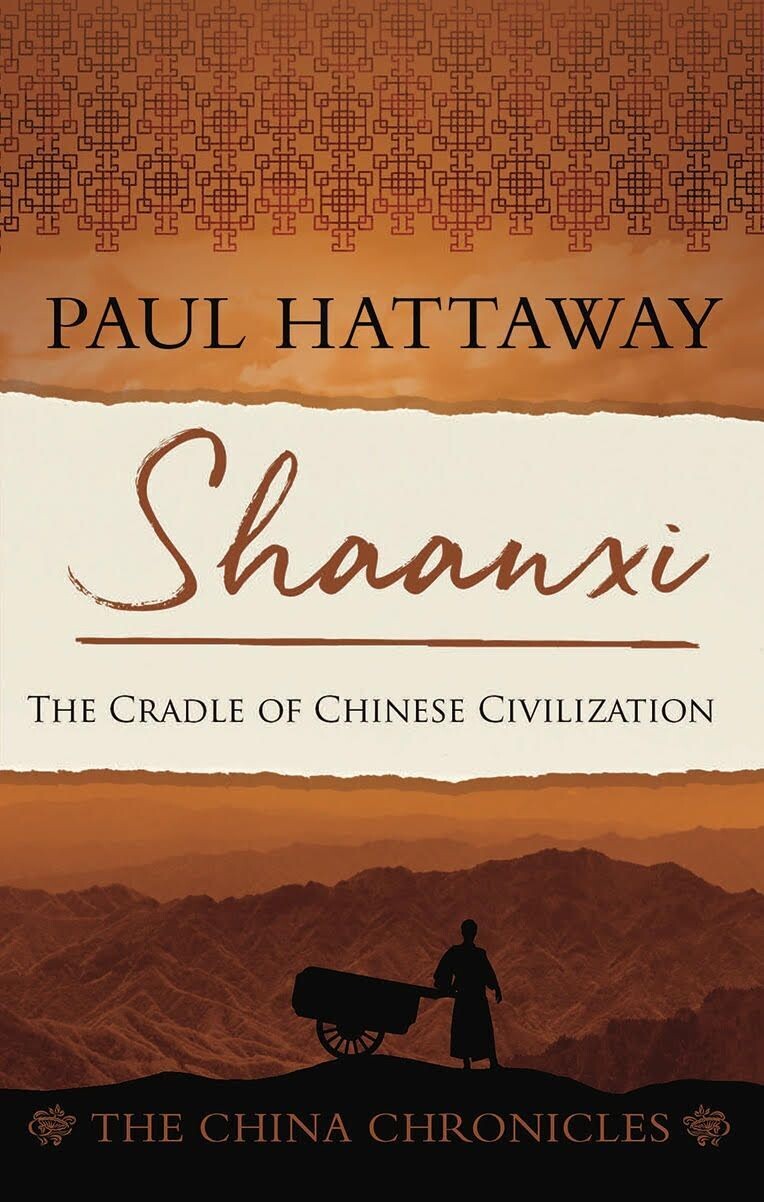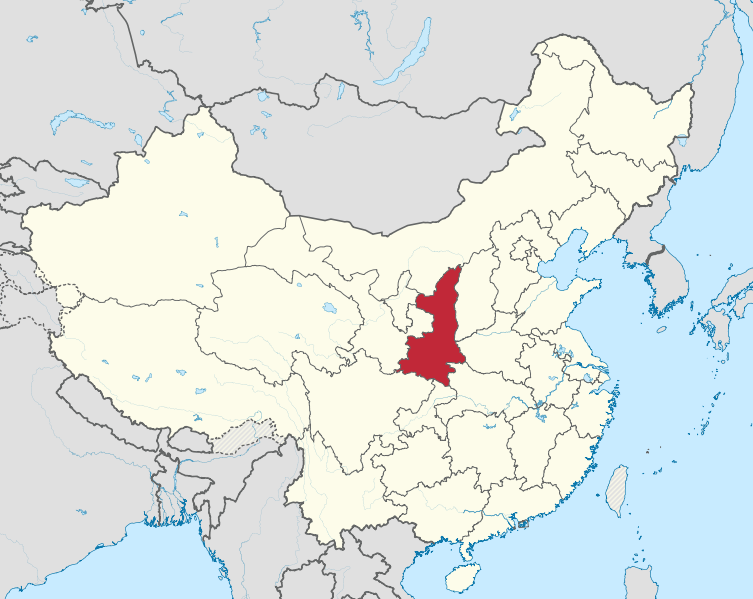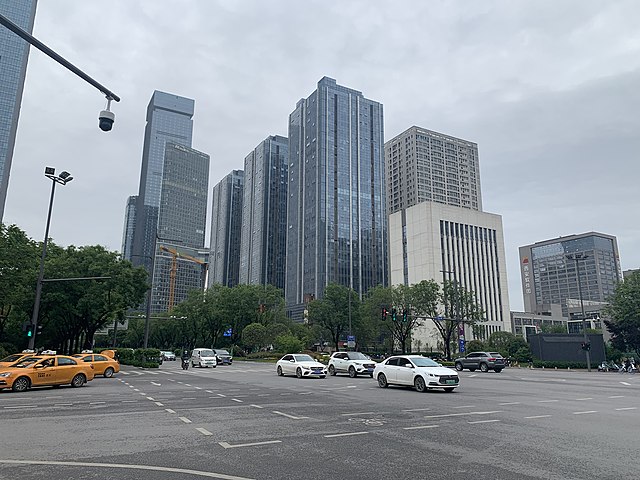Paul Hattaway, Shaanxi: The Cradle of Chinese Civilization
 Paul Hattaway, Shaanxi: The Cradle of Chinese Civilization (United Kingdom: Piquant Editions/Asia Harvest, 2023), 288 pages, ISBN 9781803290096.
Paul Hattaway, Shaanxi: The Cradle of Chinese Civilization (United Kingdom: Piquant Editions/Asia Harvest, 2023), 288 pages, ISBN 9781803290096.
This present volume is the seventh book in Paul Hattaway’s “China Chronicles” series. In each book the author focuses on the Christian history of a specific province in China. As the title indicates, this latest offering focuses on Shaanxi. The book begins with some pertinent information about the province. The meaning of the word Shaanxi is “west of the mountain passes,” this area is located in northern China (page 1) and has an area of 79,500 square miles (page vi). In 2020 it had a population of 39,528,999, the Han Chinese make up the largest segment of the population, 99.5% (page vi). The land can be divided into 3 main areas: north, central, and south (pages 2-3). “Four great inventions” were used in Shaanxi well before they were used in other parts of the world, these inventions are: “the compass, paper, printing, and gunpowder” (page 4). The explorer Marco Polo briefly passed through Shaanxi on his journeys (page 5). The province has endured floods, famines, and according to a Wikipedia entry the author references, an earthquake in 1556 that is estimated to have taken the lives of 830,000 people (pages 6, 249). The current leader of China, Xi Jinping, was raised in Shaanxi (pages 9-10). Significant industries in this province include aircraft and aerospace production, electronics, and textiles (page 10-11).
In the chapter titled “The Cradle of Chinese Civilization” the author writes about the various dynasties that were in power at different times in the history of China (pages 12-35). One feature of this chapter that may be of particular interest to some readers is the material which points out the proximity of certain time periods in Chinese history to specific biblical events (pages 12-14).
Chinese history and Chinese characters point to events and stories also recorded in the Hebrew Scriptures.

Shaanxi Province within China.
Image: Wikimedia Commons
The next couple of chapters focus on Christian beginnings. Hattaway says that it is widely held belief that Christianity first entered China through the province of Shaanxi (page 42). He further says that it is commonly believed that Christianity entered China in AD 635, however, there is evidence which may indicate that Christians were in China much earlier (page 43, 54-55). Artifact evidence “suggest that Christians were in China as early as the first century” (page 55). The majority of historians believe that the Nestorians were the first Christians in China in AD 635 (page 51). The author devotes a whole chapter to discussing the Nestorians. He speaks about both their accomplishments and persecutions (pages 59-66). Due to their favorable relationship with the Emperor Taizong and his support of them, they were able to have a church and a monastery 3 years after their arrival in the province of Shaanxi (page 59). The Nestorians were persecuted at different times in their history in China (pages 61-62, 64-66).
There is much to admire in the faith of our Chinese brothers and sisters. Their boldness and commitment is very strong.

The ancient city of Xi’an in 2022. According to the 2020 census, more than 12 million people live in the city.
Image: Wikimedia Commons
Most of the remaining chapters are devoted to looking at Christianity in Shaanxi in different decades. The first decade covered is the 1870s, this is when Evangelical missionaries first went to Shaanxi (page 72). The first missionaries who went to Shaanxi were from the China Inland mission, which was founded by Hudson Taylor, their names were Frederick Baller and George King (pages 72-73). These men were able to share the gospel with Hui Muslims (page 74). Other missionaries who served in Shaanxi during this decade included: George Easton, George Parker, and Charles Budd, James Cameron also went through the area (page 75). George King and his wife, Emily, established the first Evangelical mission in the province (page 76). Emily is believed to be the first woman from the West to live in Shaanxi (page 77). Citing Valerie Griffiths, Hattaway tells us that Emily King died from typhoid (pages 77, 254).
A significant development in the 1880s was the acceptance of the ministries of single women missionaries including: Elizabeth Wilson, Annie Faussett, and Annie Harrison (page 80-81). At a time when single women were not generally welcomed as missionaries, the China Inland Mission was open to them (page 80). The ministry of a native Chinese Christian worker named Xi Shengmo also took place during this decade (pages 85-86). He is described as “one of the greatest Chinese Christian leaders of the nineteenth century” (page 85).
The 1890s saw the arrival of a number of missions organizations. Two were Scandinavian, the Scandinavian Alliance Mission and the Swedish China Mission (pages 88-89). The third was the English Baptist Mission (pages 92-94). Amid increased missionary activity, persecution also marked this period, including the brutal beating of the American Franciscan missionary Capistran Goette who served for 35 years in China (pages 94-97).
As the 1900s dawned, the Boxer Rebellion took place. Interestingly enough, no Evangelical missionaries were killed in Shaanxi during this time because Duan Fang, the governor, protected them (page 103). However, native Chinese believers did suffer persecution and some lost their lives during this time (page 104). Missionary Jessie Gregg carried on a significant ministry in the 1910s in a number of places in China (pages 125-127). She was a single woman who served as an evangelist with the China Inland Mission (page 125). This time was also marked by violence in Shaanxi and missionaries were sometimes on the receiving end of it (pages 127-130). The 1920s was a time characterized by trouble, however, a Chinese Christian named Feng Yuxiang rose to prominence in Shaanxi and helped to bring some order (pages 134-136). In the chapter on the 1930s and 1940s the ministries of Mary Anderson, Gustaf Tornvall, and John Sung are mentioned (pages 144-148). The 1940s was also a time of trouble for believers in the province (page 153).
It is good that this Christian history is being preserved.

Loess Plateau in Wubu County, Shaanxi.
Image: Wikimedia Commons
The focus on decades resumes with the 1950s and 1960s. The chapter that deals with these two decades is quite short, 5 pages, and touches on communism. In spite of its power, Communism could not ultimately destroy the church (page 168). Two of the great needs of the church in China in the 1970s were Bibles and good Bible teaching (pages 172, 174). A few Christian ministries sought to address the need for Bibles by smuggling them into China (page 173). In the 1980s, Christianity grew in Shaanxi largely as a result of a revival that was taking place in nearby Henan province (page 181). The Heavenly Man, Brother Yun, ministered in Shaanxi during this time period (pages 185-188). Miracles also took place in the province at this time (pages 188-192). The growth of the church continued in the 1990s due in part to the boldness and courage of the believers in spite of persecution (pages 196, 202). Specific examples of faithful Christian believers during this time are mentioned in the chapter. The chapters of the book, which deal with the 2000s, 2010s, and 2020s, also speak of persecution (pages 215-219, 228-229, 232-235). But the church in Shaanxi has experienced growth (page 227). The closing chapter, which looks at the future of the church in Shaanxi, notes that the province has not experienced as widespread a move of God as some of the other provinces in China (page 237).
As you read, be prepared to be both inspired and challenged.
There is a lot of information in Shaanxi: The Cradle of Chinese Civilization and there is a lot of inspiration in it. There is much to admire in the faith of our Chinese brothers and sisters. Their boldness and commitment is very strong. Most of those that you will read about in this book are people that you have probably never heard of before. As you read, be prepared to be both inspired and challenged. It is good that this Christian history is being preserved.
Reviewed by John Lathrop
Read excerpts and see more pictures at the Asia Harvest page: https://www.asiaharvest.org/shaanxi-a-new-book-by-paul-hattaway
Category: Church History, Fall 2023


